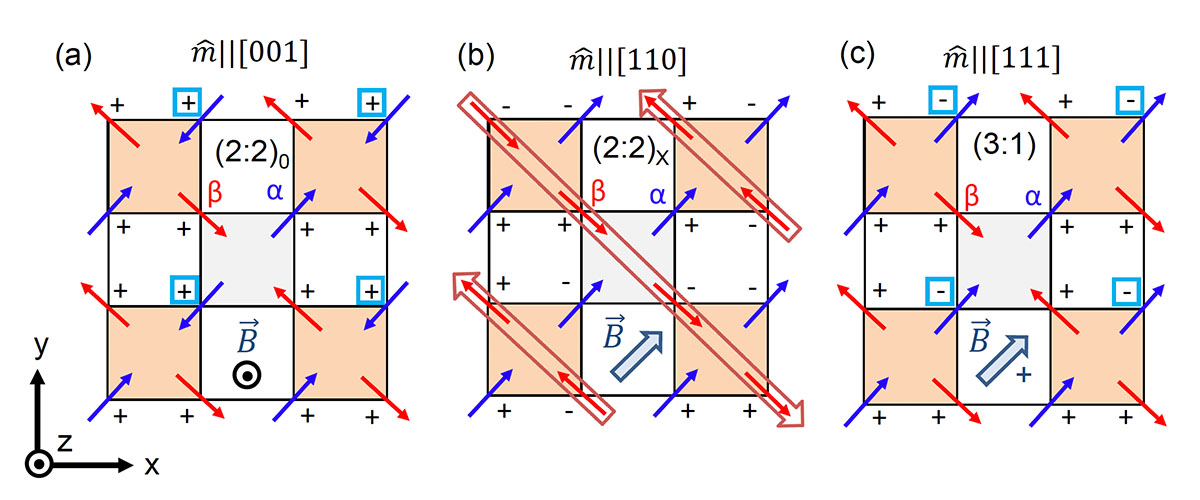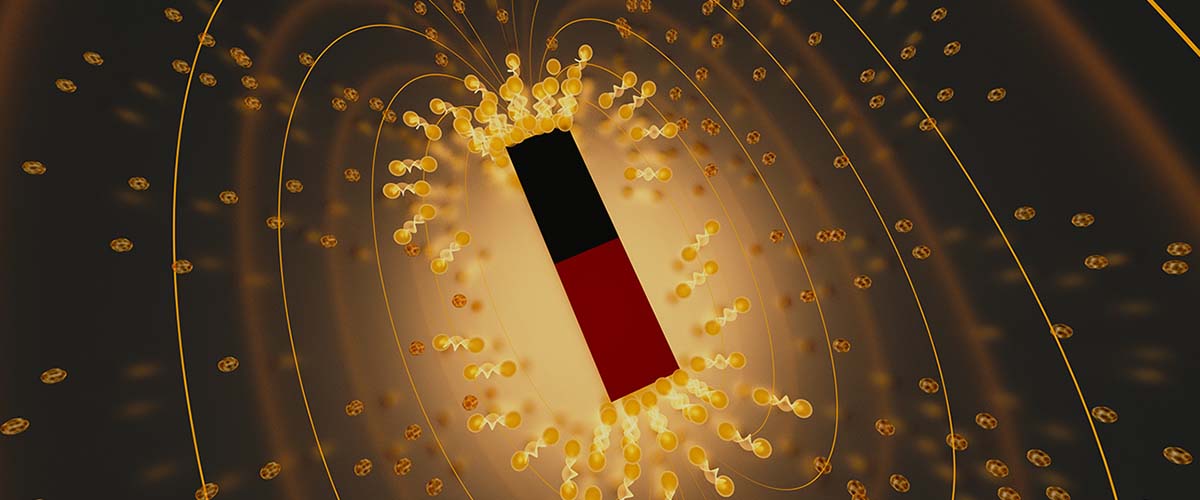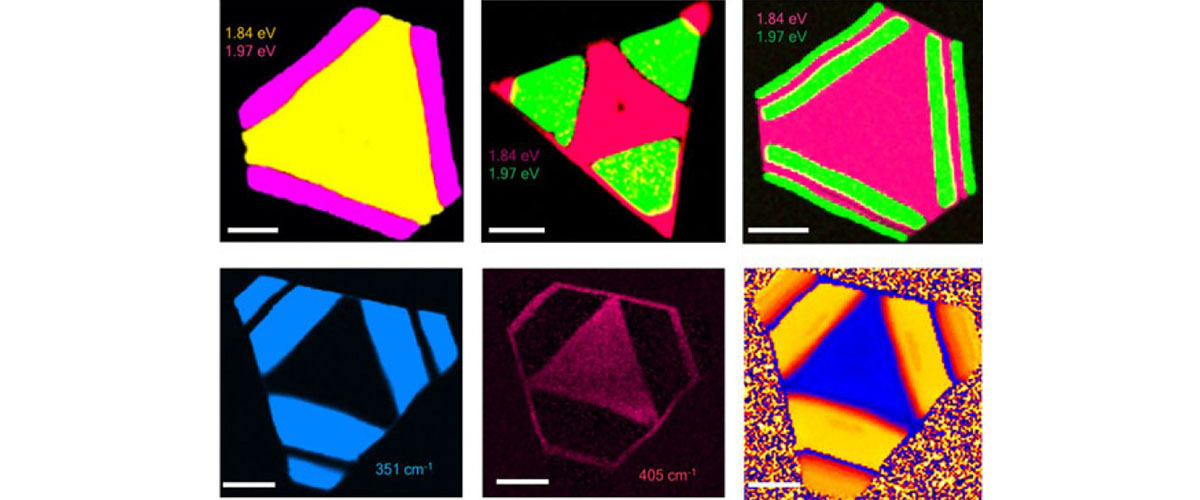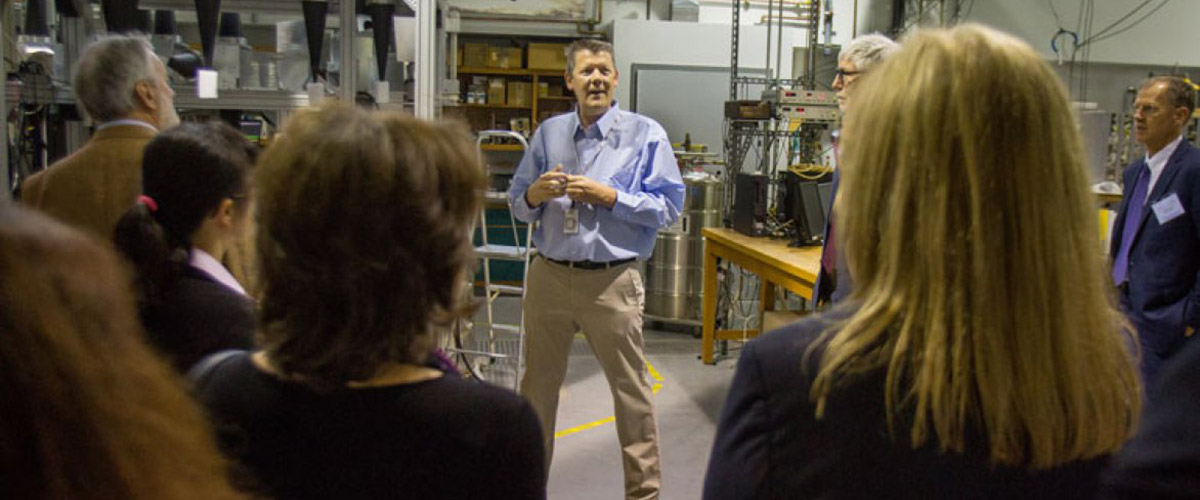Contact: Christianne Beekman
TALLAHASSEE, Fla. — New research published in Nature Communications shows that capacitive torque magnetometry, a technique developed at the National High Magnetic Field Laboratory, can be used to measure various spin ice material states and to determine a low-temperature phase diagram - work that shows previous models used to describe spin ices are incomplete.
Spin ice materials are geometrically-frustrated systems whose competing magnetic interactions cancel out and prevent the material from finding a single ground state – or the lowest-energy state where the material's magnetic moments align. These materials are known as spin ice because the spin interactions follow the same behavior as the hydrogen bonding interactions of water molecules in ice. Probing this ground state involves cooling the system to reduce/eliminate thermal fluctuations, and applying a magnetic field along different directions in a single crystal of the material. But unlike ice, there is still much for researchers to learn about the physics underlying these complex materials.
To probe the spin ice material holmium titanate (Ho2Ti2O7), the research team used a unique measurement technique called torque magnetometry in the MagLab's 18 tesla low temperature magnet (SCM2). Torque magnetometry is one of the most sensitive magnetic property measurement devices. Here, scientists used this technique to measure the effective spin-pair interaction strength between the holmium atoms, information that revealed the energy needed for the formation of different states in the material. Even just lining up the single crystal samples required proficiency and precision as the team needed to get the direction of the magnetic field to within less than 1 degree of accuracy relative to the crystal directions.
Lead author of the paper and MagLab physicist and Florida State University physics professor Christianne Beekman explains that it truly takes a team to make research like this happen.
"From the theoretical modeling work, expertise in aligning the samples, and excellent magnet time user support, this work was a success because of the MagLab's MilliKelvin facility combined with the in-house expertise and collaborative spirit for a multi-faceted approach."
Rotating the sample in a magnetic field, Beekman and her team were able to induce magnetic phase transitions between specific spin textures (spin alignments) and identify each unique state in the holmium titanate. The transitions between these different states involve spin excitations, or the formation of magnetic monopoles. By determining the phase boundaries associated with these phase transitions, the researchers were able to measure the energy cost of monopole formation, which is directly tied to how strongly the moments on the Ho-atoms interact with one another.
Perhaps most importantly, these discoveries suggest a fresh look at older models for spin ices may be needed. While others have hinted at the need to explore higher order interaction terms beyond nearest neighbor exchange interactions for related compounds, this has not been done before for this holmium compound. This work shows that torque magnetometry provides a unique probe which may serve as a natural complement to other techniques, as it can put stringent bounds on effective Hamiltonians and theories of magnetic materials, thereby aiding a better understanding of their low-energy properties and response to magnetic fields.
The research was conducted by a team comprised of experts from across the National High Magnetic Field Laboratory (Tallahassee, Fla.) who collaborated on the project: David Graf who was the user support scientists for magnet time, Hitesh Changlani who provided theoretical and computational work to compare these measurements to model Hamiltonians and Theo Siegrist whose group was crucial in helping align the single crystal samples before the measurements. The computational work utilized resources at the FSU Research Computing Center (RCC) and the Planck cluster in the Physics department.
Future efforts will include experiments and further extensive theoretical simulations to definitively nail down a host of remaining questions associated with spin ices. However, the team expects their findings will also be valuable for understanding other magnetic systems and may solidify torque magnetometry as a powerful technique for characterizing frustrated magnets.






